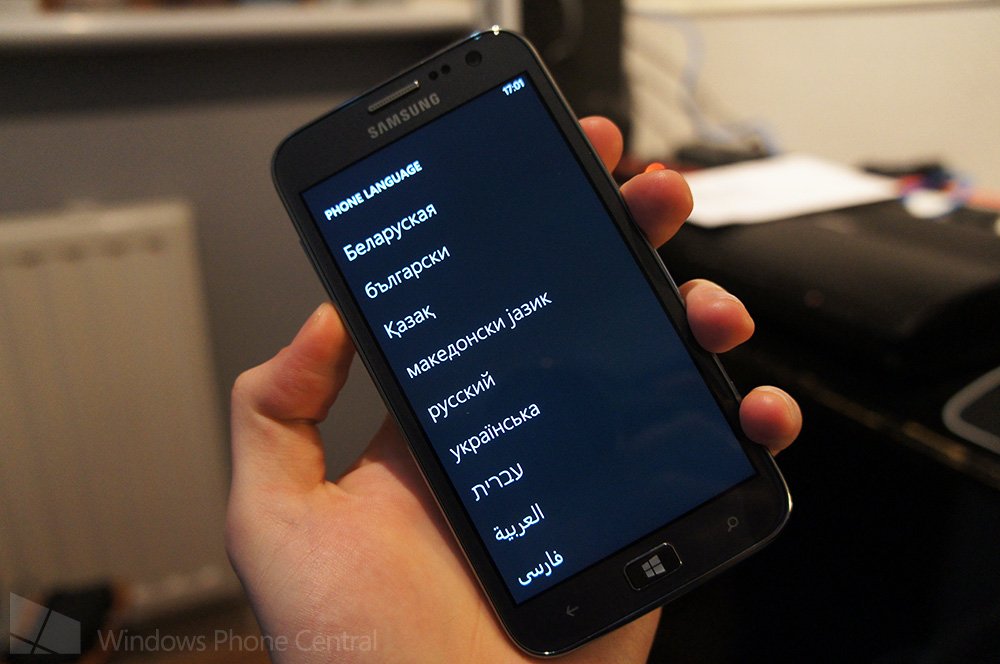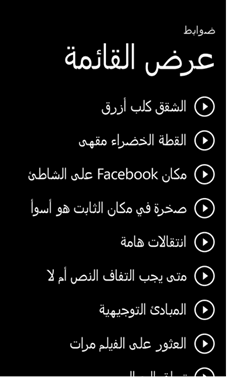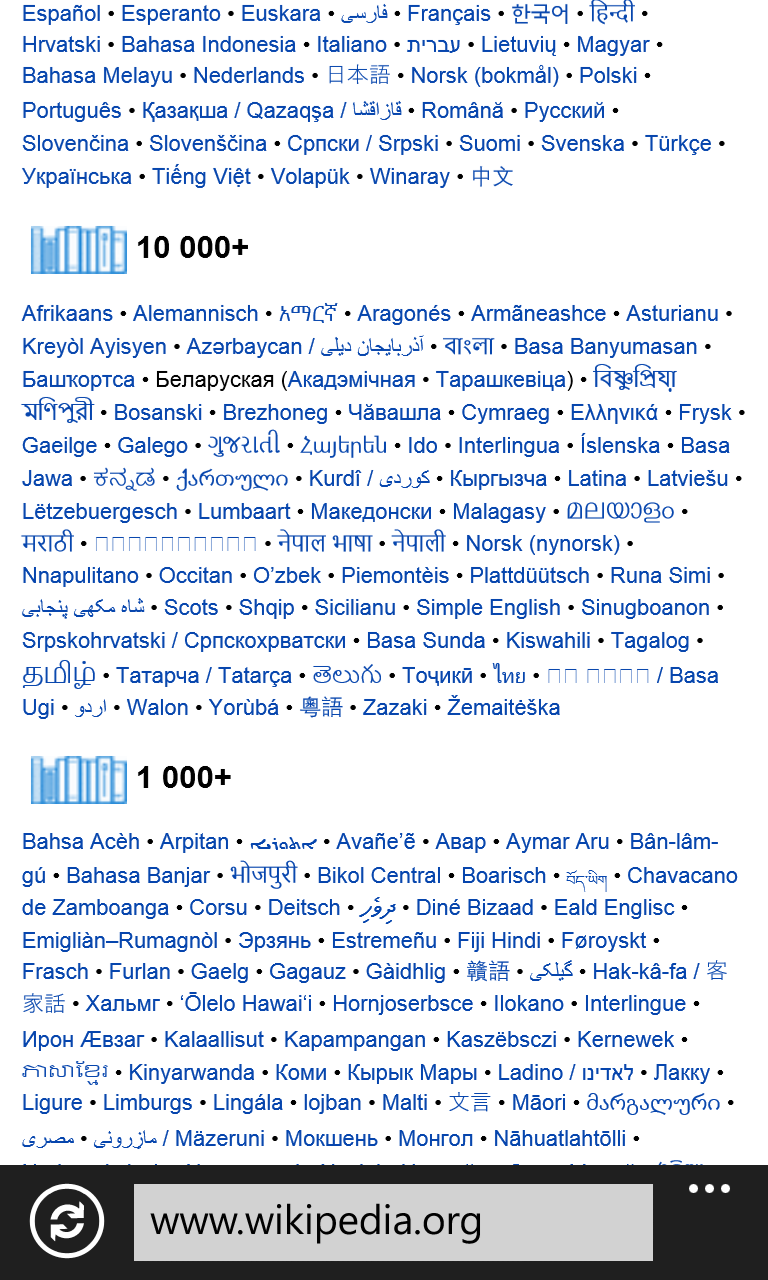Microsoft details language support in Windows Phone 8

Microsoft has published a new entry on its Windows Phone Blog, detailing available languages in Windows Phone 8. A popular question has been asked by consumers, "When will Windows Phone support my language?". It's a demand that Microsoft has been addressing, much like market availability and developer access to tools and Store submission.
Windows Phone 8 now supports 50 languages, up from the 22 dialects that were announced last year. That's quite an achievement in itself. John McConnell explains in the blog post how it can prove difficult to implement different languages, particularly those that are complex and unique from others. It's reported that some languages require sophisticated engineering in the OS.
"We call these complex scripts. Some, such as Thai and Hindi, do complicated things when letters combine. For example, the shapes of Hindi letters can change in surprising ways depending on adjacent letters."
In the picture below, the two letters on the left yield the single glyph on the right when displayed. Slightly complex stuff, right?

As well as different structures the team had to deal with languages that are written right-to-left, including Arabic, Hebrew and Persian. Because text is such an integral part of the Windows Phone design, the team had to overcome a problem - if text was displayed simply right-to-left then panoramic interfaces would be difficult to use with text being off-screen. This is where 'mirroring' comes into play.
Mirroring simply reverses the appearance of the screen for such languages. But they couldn't simply mirror the entire user experience throughout the operating system, the team had to analyse each and every screen in Windows Phone and choose which elements to mirror. Check out the below screenshot for an idea on the results achieved with this technique.

50 display languages is a solid number to enter the market with, but the team felt they required even more for the reading experience. The goal was: "If you can read it on Windows 8, you can read it on Windows Phone 8." To achieve this, the team implemented many fonts while upgrading the core code for email, Internet Explorer, SMS, Office and more to handle more complex scripts.
Check out a sreenshot of the Wikipedia website below using IE 10 on Windows Phone 8, illustrating the strong support for multiple languages.
Get the Windows Central Newsletter
All the latest news, reviews, and guides for Windows and Xbox diehards.

There's only two languages in the above shot that aren't displayed correctly, this is due to lacking the fonts Lontara and Myanmar. So we've covered available languages for usage on Windows Phone in general, but what about functionality such as auto-correct? Not every language supports each and every feature, but 40 of available languages are reported to have some form of advanced support.
The keyboard in Windows Phone 8 covers all 50 supported display languages and will offer native support in markets where the languages are used. For example, French text prediction will be available in France, as well as Switzerland and Canada - where the language is used. Same goes for the likes of English, which is customised for India, the UK and the US.
Text and input aren't the only parts of Windows Phone that are covered by improved language support. The team has also expanded the set of speech recognition languages. This has been bumped from six in the previous release of Windows Phone to 15 in Windows Phone 8. The following countries / regions are supported: Brazil, China, France, Germany, Hong Kong, India (English), Italy, Japan, Mexico, Poland, Russia, Spain, Taiwan, the UK, and the US.
But that's not where the work ends as the team is also planning to continue developing Windows Phone to add more language support in the future. With the progress that has been made already, McConnell explains that it should now be easier to add new languages. Windows Phone is definitely extending its reach through new markets and beyond.
Be sure to read the full article on the Windows Phone Blog for more information.
Source: Windows Phone Blog

Rich Edmonds was formerly a Senior Editor of PC hardware at Windows Central, covering everything related to PC components and NAS. He's been involved in technology for more than a decade and knows a thing or two about the magic inside a PC chassis. You can follow him on Twitter at @RichEdmonds.
